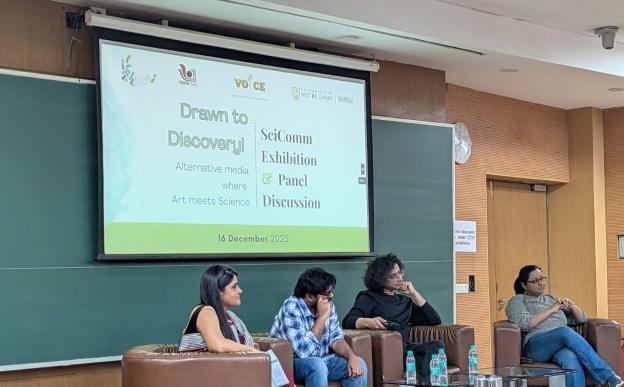Artecology Initiative presents a unique performance -- How to be a fig -- to help audience connect with nature and their environment. Involving artists and researchers, this unique performance wishes to showcase the amazing life of a fig tree and its connection with other organisms in its life cycle. Learn more about how to be a fig by attending this unique performance on the 23rd September, 2017 at the J N Tata Auditorium, IISc.
The Indian Institute of Science Education and Research (IISER) Pune on Tuesday launched the VOICE Fellowship 2025
Pune/
